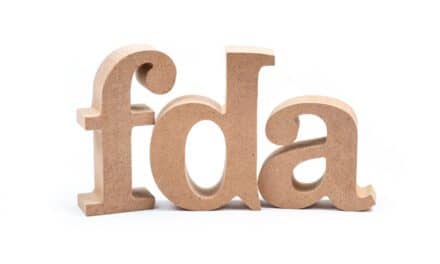
One of the most popular laser-based devices on the market is the Zerona, which uses low-level laser technology in a noninvasive body contouring procedure. One of the Zerona’s most notable characteristics is the unusual purchasing plan offered to physicians—a kind of “pay as you go” arrangement involving low startup costs and, as company officials have put it, a revenue-sharing business model.
The Zerona is designed to remove fat and contour the body without invasive surgery. The laser emits cold laser energy into the body tissues, which is absorbed by the body’s fat cells. The fat is then broken down and eliminated by the body’s own detoxification processes.
The system, which the company says stimulates the breakdown and removal of body fat without affecting the surrounding skin and tissues, uses four flexible arms, each holding a low-level laser diode. In addition, a fifth laser diode is housed in the center of the unit.
The wavelength utilized falls within the visible spectrum at 635 nm, the intensity is 17.5 mW per diode. The device emits a patented line-generated beam that allows it to deliver a high concentration of photons across a large surface area.
The treatment protocol calls for six sessions over a 2-week period. During each of the 40-minute sessions, laser energy is applied for 20 minutes to the front of the body and 20 minutes to the back of the body as the patient is lying down. No downtime or recovery period is needed after treatment, according to Charlie Shanks, vice president of Erchonia Medical Inc, McKinney, Tex, which manufactures the device.
“[The] Zerona is low-level laser therapy which is currently being used as an off-label device for the treatment of fat (lipodystrophy),” writes Jeffrey M. Kenkel, a plastic surgeon in Dallas. Despite some controversy surrounding the effectiveness of the device and its underlying science, Kenkel says it works and “does have good science to back it up.”
“The Zerona is really in a league of its own,” says Anthony Youn, MD, a plastic surgeon in Rochester Hills, Mich. “It is the only device that I know of like this, done without any type of invasive procedures—injections or actual surgery. The idea was that practitioners would pretreat liposuction areas with the low-light laser, and that low-light laser histologically would cause the fat cells to release their fatty contents into the interstitial area. The belief then was that it was easier to remove fat when you liposuction.
“A lot of people found that, anecdotally, that was the case,” Youn continues. “Now, what they have found is that if you stack these treatments one on top of another, every other day for approximately 2 weeks—and the patient is also following a pretty strict protocol of walking about 30 minutes a day, drinking over 2 liters of water, and taking niacin supplements—there is an average of 3 to 4 inches of total loss after those 2 weeks. But those 3 to 4 inches do include, if you’re measuring, the waist, the hips, and each thigh.”
 |
| Zerona |
Some patients lose more inches than others, Youn says. Whereas the Zerona will not give patients the results that are similar to liposuction or a tummy tuck, Youn claims that it “does provide a viable alternative for those patients who say they are simply not going to have surgery. The results are not as dramatic as surgery.”
THE BOTTOM LINE
A unique characteristic of the Zerona is its business model: Physicians ante up very little money in the beginning and pay only for procedures completed.
“Knowing the market and the past, in which products have come out and doctors have paid over $100,000 for and haven’t been satisfied, we are putting the product into the doctor’s office for $11,900 and then there’s a revenue share that goes on,” Shanks says. “The reason for that? As successful as the doctor is, is as successful as we become as a company. We’re kind of in it together.”
Echoing Shanks, Youn says purchasing the Zerona involved a minimal investment cost compared with most other laser-based devices. “Basically, you lease it and you pay per treatment,” he says. “You have to buy a set of treatments at a time. But this does allow the physician, should he not get the results he wants, to return the machine. Then [his] investment is relatively limited.”
In addition, physicians are offered incentives by the manufacturer, including a money-back guarantee on a per-procedure basis.
Although no long-term studies support the product’s effectiveness, Shanks says that Erchonia will be publishing a 700-patient study on the use of the device in clinical settings.
The Zerona is available from Santa Barbara Medical Innovations, Santa Barbara, Calif.
Jeffrey Frentzen is the editor of PSP. He can be reached at [email protected].



